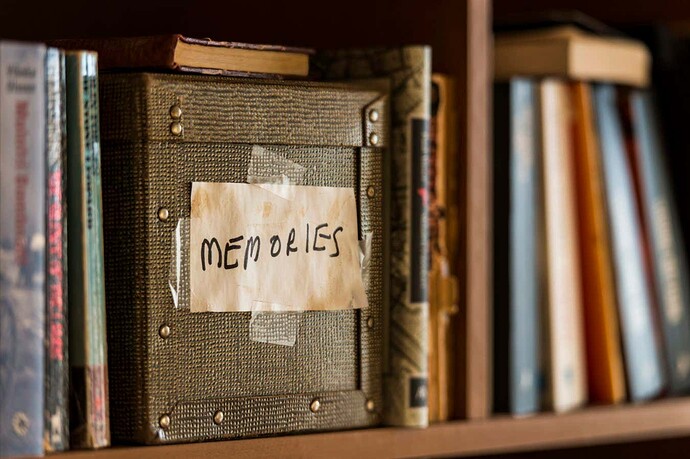Short answer is that an LPSU potentially induces far less common-mode noise onto the (UTP) Ethernet cable connecting the Media Converter to the Streamer/DAC.
That said, whether an LPSU makes a significant enough difference also depends on many other design factors; including that of the Media Converter itself, and perhaps more importantly, the design of/the electronics on the Ethernet port on the Streamer/DAC.
In most cases, even if the PSU type doesn’t make a difference to Ethernet streaming, it’s just easier to be safe than sorry and just use an good quality LPSU which doesn’t potentially spew crap back onto the AC mains.
Generally speaking, yes, as long as you pick a properly certified SFP.
SFPs typically go through 2 major rounds of certification; first by the SFP manufacturer themselves, and once again by the vendor who OEMs them. For example, when Cisco contracts a supplier for SFPs, they get re-certified by Cisco for compliance to specifications; they have to, because there’s literally billion$ in Customer Support contracts signed on the basis that these things operate completely to specification and deterministically when plugged into a Cisco Switch/Router.
However, there are SFP manufacturers who “cut corners” (you might be able to guess from which geography) and may pass or totally skip their own certification, but will fail certification by vendors. The attraction is that these SFPs typically cost one-tenth of what the others do, and there’s a market for that. Albeit, often there’s more than just “cut corners” and lack of certification involved in the lower costs, it’s also certain features lacking in these cheap SFPs, mostly to do with telemetry information that these SFPs don’t provide to the systems they’re plugged into.
Too many factors involved to be able to guess what’s going on. What Switch? What SFP? What PSU? What Stream/DAC? Etc.
Generally speaking though, IMHO, if a dCS Streamer/DAC was involved, on the basis of how well it’s Ethernet sections are designed and parts involved, there’s more than a good chance that any difference 'heard" is either imagined or some form of cognitive bias (it can work in both ways, for or against what is supposedly better).
By the way  ;
;
